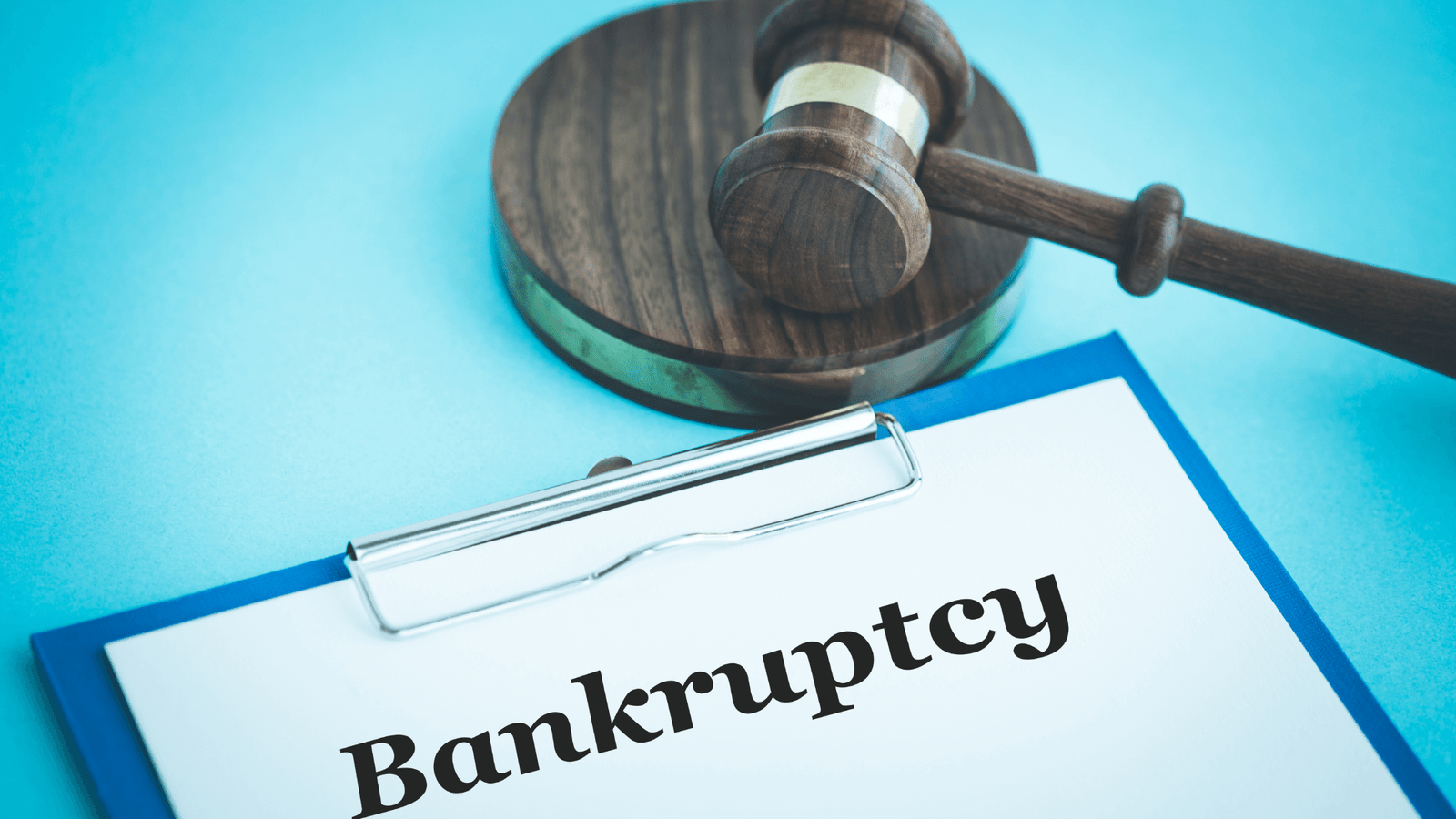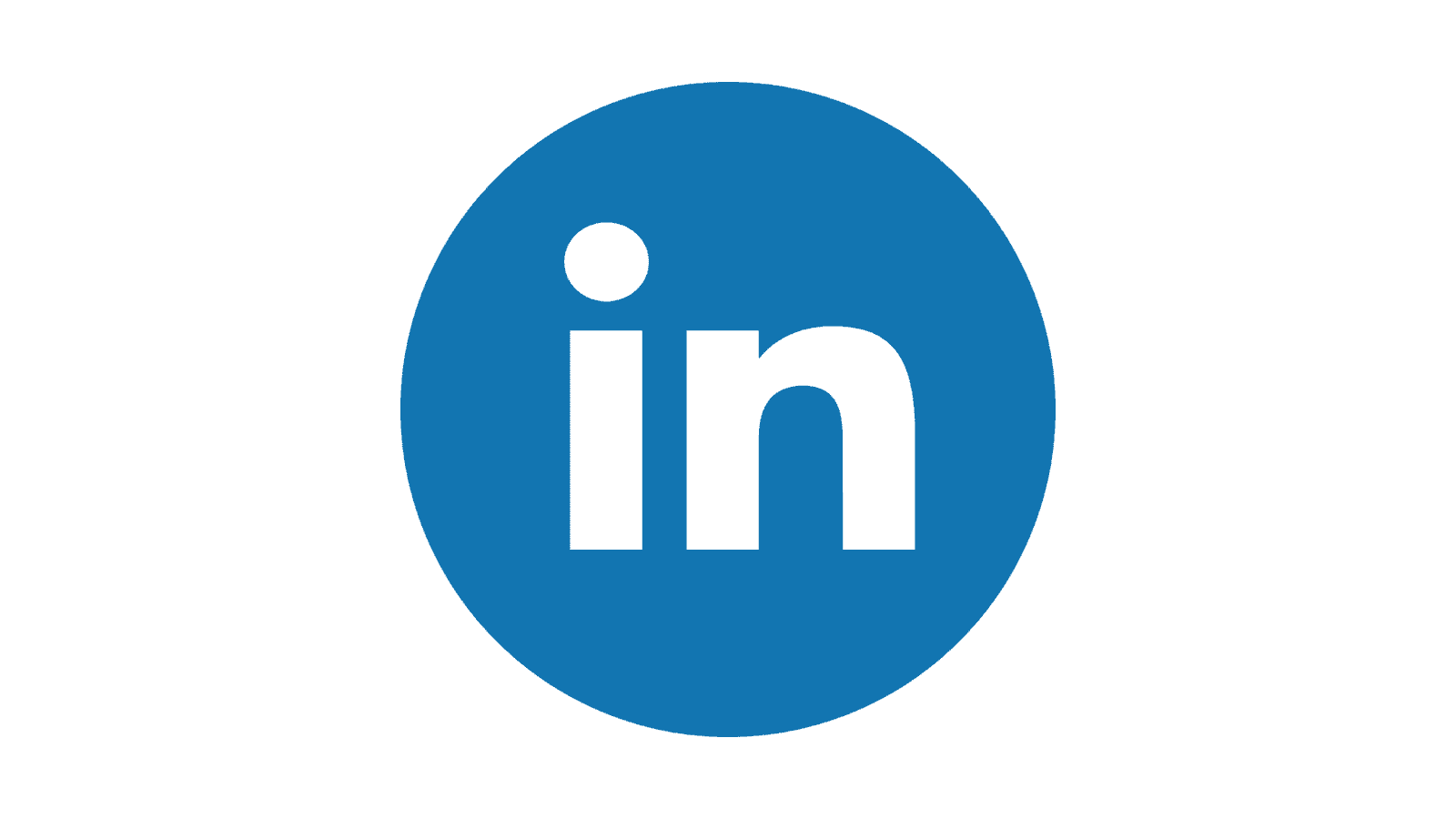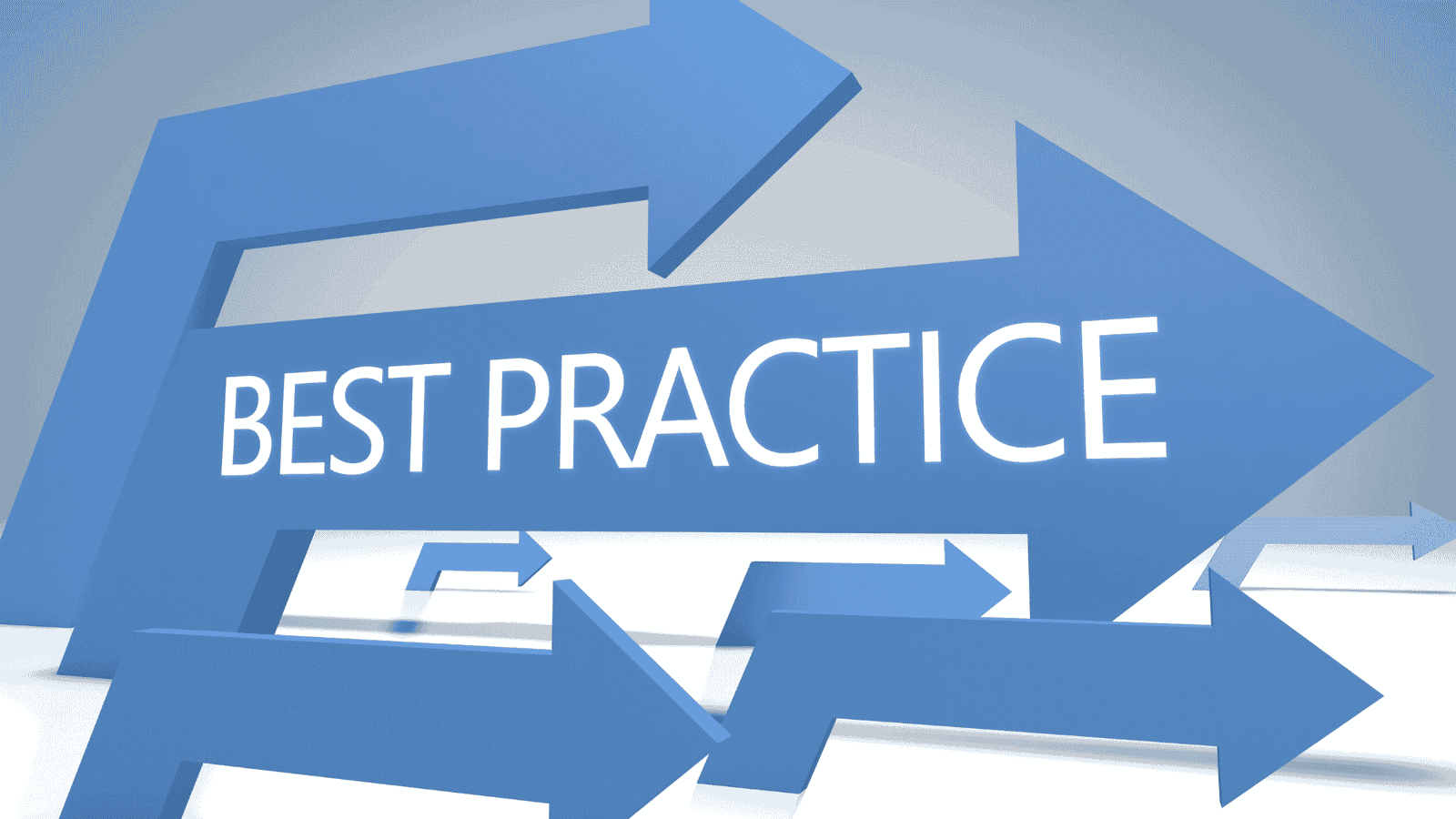Digital advertising lets bankruptcy law firms reach potential clients exactly when they need help. Unlike traditional marketing that hopes the right people see your message, digital ads target people actively searching for bankruptcy lawyers.
The bankruptcy advertising landscape is competitive but profitable for firms that understand how to do it right. Most potential clients research multiple lawyers before making contact. Your ads need to stand out and convince people to choose your firm over competitors.
Digital advertising works because bankruptcy clients actively seek help. They know they need a lawyer. Your job is being visible when they search and convincing them you’re the right choice.
The key is understanding different advertising platforms and how bankruptcy clients behave online. Each platform serves different purposes in your overall marketing strategy.
Google Ads for Bankruptcy Lawyers

Google Ads puts your firm at the top of search results when people look for bankruptcy help. This platform generates the highest quality leads because people are actively searching for lawyers.
Search ads appear when someone types bankruptcy related terms into Google. These ads work best because they reach people with immediate intent to hire a lawyer.
Start with highly specific local keywords. “Chapter 7 lawyer Chicago” works better than “bankruptcy attorney.” Specific searches cost less and convert better into actual clients.
Create separate campaigns for different bankruptcy types. Chapter 7 clients have different needs than Chapter 13 clients. Business bankruptcy requires completely different messaging and keywords.
Write ad headlines that address specific client concerns. Instead of “Experienced Bankruptcy Lawyer,” try “Stop Foreclosure with Chapter 13” or “Eliminate Credit Card Debt Chapter 7.” Specific benefits get more clicks.
Use ad extensions to provide more information without extra cost. Add your phone number, address, business hours, and links to specific pages. Extensions make your ads larger and more useful.
Set up location targeting to focus on your service area. No point paying for clicks from people you can’t help. Geographic targeting saves money and improves conversion rates.
Monitor your quality score for each keyword. Google rewards relevant ads with lower costs and better positions. Improve quality scores by matching ad copy closely to keywords.
Use negative keywords to block irrelevant searches. Add terms like “free,” “cheap,” and “pro bono” if you don’t offer those services. This prevents wasted clicks from unqualified prospects.
Facebook and Instagram Advertising
Facebook and Instagram reach people who might need bankruptcy help but aren’t actively searching yet. These platforms work through detailed demographic and interest targeting.
Facebook’s audience targeting is incredibly precise. Target people by age, income, life events, interests, and behaviors. You can reach people experiencing financial stress or major life changes.
Create different campaigns for personal and business bankruptcy. Personal bankruptcy clients respond to emotional messaging about fresh starts and debt relief. Business owners need more factual information about protecting assets.
Use video ads when possible. Videos get more engagement and allow you to explain complex legal concepts quickly. Keep videos under two minutes for best results.
Test different ad formats. Carousel ads let you highlight multiple services. Lead ads collect contact information without sending people to your website. Single image ads work well for simple messages.
Target people who visited your website but didn’t contact you. These retargeting campaigns convert well because people already know your firm. Show them client testimonials or special offers.
Join relevant Facebook groups where you can provide helpful advice. Build relationships before advertising to those groups. Direct advertising in groups often gets negative reactions.
Use Instagram Stories for behind the scenes content about your firm. This builds trust and makes your practice feel more personal and approachable.
LinkedIn Advertising for Business Bankruptcy

LinkedIn targets business owners who might need commercial bankruptcy services. This platform costs more but reaches decision makers at companies facing financial difficulties.
Sponsored content appears in LinkedIn feeds like regular posts. Write educational articles about business financial management and bankruptcy options. Helpful content works better than direct advertising.
Message ads send direct messages to targeted LinkedIn users. Use these sparingly and make messages helpful, not salesy. Offer valuable resources like business bankruptcy guides.
Target by job title, company size, and industry. Focus on titles like CEO, CFO, and business owner. Target companies in industries experiencing difficulties.
Create lead magnets specifically for business owners. Guides about business debt management or asset protection attract quality leads. Gate this content behind contact forms.
Share client success stories about business bankruptcies you’ve handled. Change details for confidentiality but show real results you’ve achieved for business clients.
Engage with posts from potential clients and referral sources. Comment helpfully on posts about business financial challenges. Build relationships before pitching services.
Display Advertising Networks
Display ads appear on websites your potential clients visit. These ads work for brand awareness and retargeting people who visited your website.
Google Display Network reaches millions of websites. Create ads that appear on financial, business, and local news sites. Use attractive visuals and clear messaging.
Design ads for different stages of the client journey. Awareness ads introduce your firm to new prospects. Consideration ads provide more detailed information. Decision ads encourage immediate contact.
Use responsive display ads that automatically adjust to different sizes and placements. Google tests different combinations of headlines and images to find what works best.
Retargeting ads follow website visitors to other sites. These ads convert well because people already know your firm. Show different messages based on which pages they visited.
Frequency capping prevents your ads from annoying potential clients. Set limits on how often the same person sees your ads. Too many exposures can hurt your brand.
Create custom audiences for retargeting. Separate people who visited bankruptcy pages from those who looked at other services. Tailor ad messages accordingly.
YouTube Advertising for Legal Education

YouTube reaches people searching for information about bankruptcy. Educational video ads build trust while promoting your services.
Create helpful videos answering common bankruptcy questions. Topics like “What happens to my house in Chapter 7” get lots of searches. Answer questions thoroughly and mention your services naturally.
Use YouTube’s targeting options to reach local audiences. Target by location, age, and interests related to debt and financial planning.
In stream ads play before other videos. Keep these short and compelling. Most people skip after five seconds, so front load your message.
Discovery ads appear in YouTube search results and suggested videos. These work well for educational content because people are actively looking for information.
Create playlists organizing your videos by topic. This keeps viewers watching multiple videos and builds authority in specific areas of bankruptcy law.
Include clear calls to action in your videos. Tell viewers to visit your website or call for a consultation. Make contact information easy to see and remember.
Optimize video titles and descriptions for search. Many people find lawyers through YouTube searches. Good SEO brings organic views in addition to paid advertising results.
Advertising Budget and ROI Management
Digital advertising budgets for bankruptcy firms vary widely based on local competition and firm size. However, certain principles apply universally.
Start small and scale successful campaigns. Begin with limited budgets to test different platforms and messages. Increase spending on campaigns that generate good returns.
Track cost per lead for each advertising platform. Google Ads might cost more per click but generate better leads. Factor in conversion rates, not just initial costs.
Calculate lifetime client value to determine acceptable advertising costs. A Chapter 7 client paying $1,500 in fees justifies higher advertising costs than a consultation only lead.
Set daily budgets to control spending. Most platforms let you pause campaigns if they’re not performing. This prevents runaway costs from poorly performing ads.
Use conversion tracking to measure actual results. Many firms only track website visits instead of phone calls and consultations. Proper tracking reveals which ads generate real business.
Allocate budget based on performance data. Spend more on platforms and campaigns that bring qualified leads. Reduce spending on advertising that generates low quality inquiries.
Consider seasonal trends in bankruptcy filings. Increase advertising budgets during tax season and after holidays when people face financial pressure.
Ad Copy and Creative Best Practices

Effective bankruptcy advertising copy speaks to emotions while providing factual information. Potential clients feel scared, embarrassed, and overwhelmed. Your ads should offer hope and solutions.
Use clear, simple language that non lawyers understand. Avoid legal jargon that confuses potential clients. Write like you’re talking to a friend facing financial difficulties.
Address specific client concerns in ad headlines. “Keep Your House with Chapter 13” works better than “Experienced Bankruptcy Attorney.” Specific benefits get attention.
Include social proof when possible. Phrases like “helped over 500 families” or “5 star rated” build credibility. However, check local advertising rules for lawyers.
Create urgency without being misleading. “Stop foreclosure” creates urgency for people facing that threat. Avoid false deadlines or pressure tactics.
Test different emotional appeals. Some clients respond to messages about fresh starts and new beginnings. Others prefer factual information about debt elimination.
Use local references in ad copy. Mention your city, state, or local landmarks. This builds trust with local searchers and improves ad relevance scores.
Include clear calls to action telling people exactly what to do next. “Call now for free consultation” is clearer than “contact us today.”
Compliance and Ethical Considerations
Bankruptcy lawyer advertising faces strict regulations. Both state bar associations and federal agencies regulate legal advertising. Violations can result in sanctions or practice restrictions.
Review your state’s lawyer advertising rules carefully. Requirements vary significantly between states. Some prohibit certain claims or require specific disclaimers.
Avoid guarantee language in ads. You can’t guarantee specific results in legal cases. Focus on your experience and approach instead of promised outcomes.
Include required disclaimers where applicable. Some states require disclaimers about advertising materials or attorney qualifications. Check current requirements regularly.
Don’t make false or misleading claims about fees, results, or services. Be honest about what clients can expect from bankruptcy proceedings.
Keep detailed records of all advertising materials. Bar associations can request copies during investigations. Good records protection protect your practice.
Consider having ads reviewed by legal marketing experts familiar with lawyer advertising rules. The cost of review is much less than potential sanctions.
Other Advertising Strategies

Experienced bankruptcy firms use sophisticated strategies to outperform competitors. These techniques require more setup but generate better results.
Dayparting shows ads only during specific hours. Bankruptcy clients often search during business hours or evenings. Optimize ad schedules based on your lead data.
Dynamic keyword insertion automatically includes search terms in ad headlines. This makes ads more relevant and improves click through rates.
Audience layering combines multiple targeting criteria. Target people in your geographic area who also show interest in debt relief and financial planning.
Competitor targeting shows your ads to people searching for other bankruptcy lawyers. This strategy requires careful execution to avoid trademark issues.
Sequential messaging shows different ads to the same person over time. Start with awareness ads, then show more detailed information to people who engage.
Cross platform retargeting follows leads across different advertising platforms. Someone who visits your website might see follow up ads on Facebook and YouTube.
Planning Your Advertising Strategy
Successful bankruptcy advertising requires strategic planning and consistent execution. Random advertising efforts waste money and generate poor results.
Start with clear goals for your advertising campaigns. Define how many new clients you need and what you’re willing to pay to acquire them.
Research local competition to understand the advertising landscape. See what messages competitors use and look for opportunities they’re missing.
Create buyer personas for different types of bankruptcy clients. Chapter 7 clients differ from Chapter 13 clients who differ from business bankruptcy clients.
Plan campaigns around seasonal trends. Tax season and post holiday periods often see increased bankruptcy filings. Adjust advertising accordingly.
Develop a testing schedule for trying new platforms and strategies. Dedicate small portions of your budget to experimenting with new opportunities.
Create systems for tracking and optimizing campaigns. Regular review and adjustment separates successful advertising from money wasting efforts.
Digital advertising offers bankruptcy law firms powerful tools for reaching potential clients. Success requires understanding different platforms, creating compelling messages, and tracking results carefully. Firms that master digital advertising gain significant advantages in competitive markets.
Measuring Advertising Success

Successful bankruptcy advertising requires measuring the right metrics. Many firms focus on vanity metrics like impressions instead of results that matter for business growth.
Track leads generated by each advertising platform. Count both phone calls and online form submissions. Many bankruptcy clients prefer calling to filling out forms.
Measure consultation show rates for leads from different sources. Some advertising platforms bring leads who are less likely to follow through with consultations.
Calculate conversion rates from consultation to retained client. This reveals which advertising sources bring the most serious prospects.
Monitor average case value from different advertising sources. Some platforms might bring more leads but lower value cases.
Track how long it takes leads to convert into clients. Bankruptcy clients often take weeks or months to make hiring decisions. Proper tracking reveals true advertising performance.
Use call recording and lead tracking software to gather detailed data. This information helps optimize campaigns and improve conversion rates.
Common Advertising Mistakes
Most bankruptcy firms make predictable advertising mistakes that waste money and reduce results. Avoiding these problems improves campaign performance significantly.
Targeting too broadly wastes money on unqualified clicks. “Lawyer” or “attorney” keywords cost more and convert poorly. Use specific bankruptcy related terms instead.
Writing ads that focus on the lawyer instead of the client. Potential clients care about solving their problems, not your credentials or experience.
Not testing different ad variations. Small changes in headlines or descriptions can dramatically improve performance. Set up automatic testing whenever possible.
Ignoring mobile users. Most people search for lawyers on phones. Ads and landing pages must work perfectly on mobile devices.
Sending ad traffic to generic website pages. Create specific landing pages for different ad campaigns. Match the landing page message to the ad message.
Not following up with leads quickly. Bankruptcy clients often contact multiple lawyers. Firms that respond fastest usually get hired.
Giving up too quickly on campaigns. Digital advertising often takes weeks to optimize properly. Stop successful campaigns too early miss long term results.

